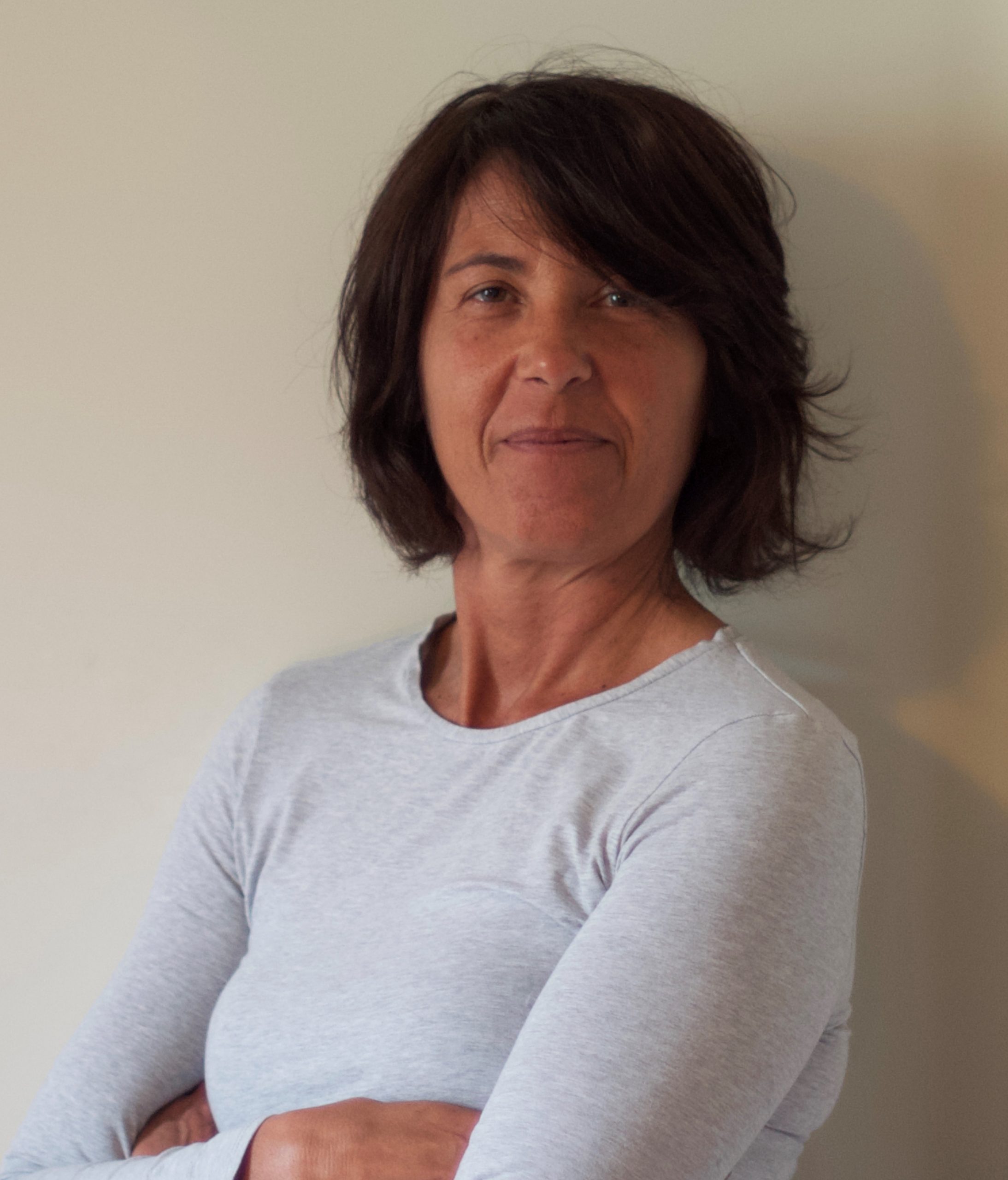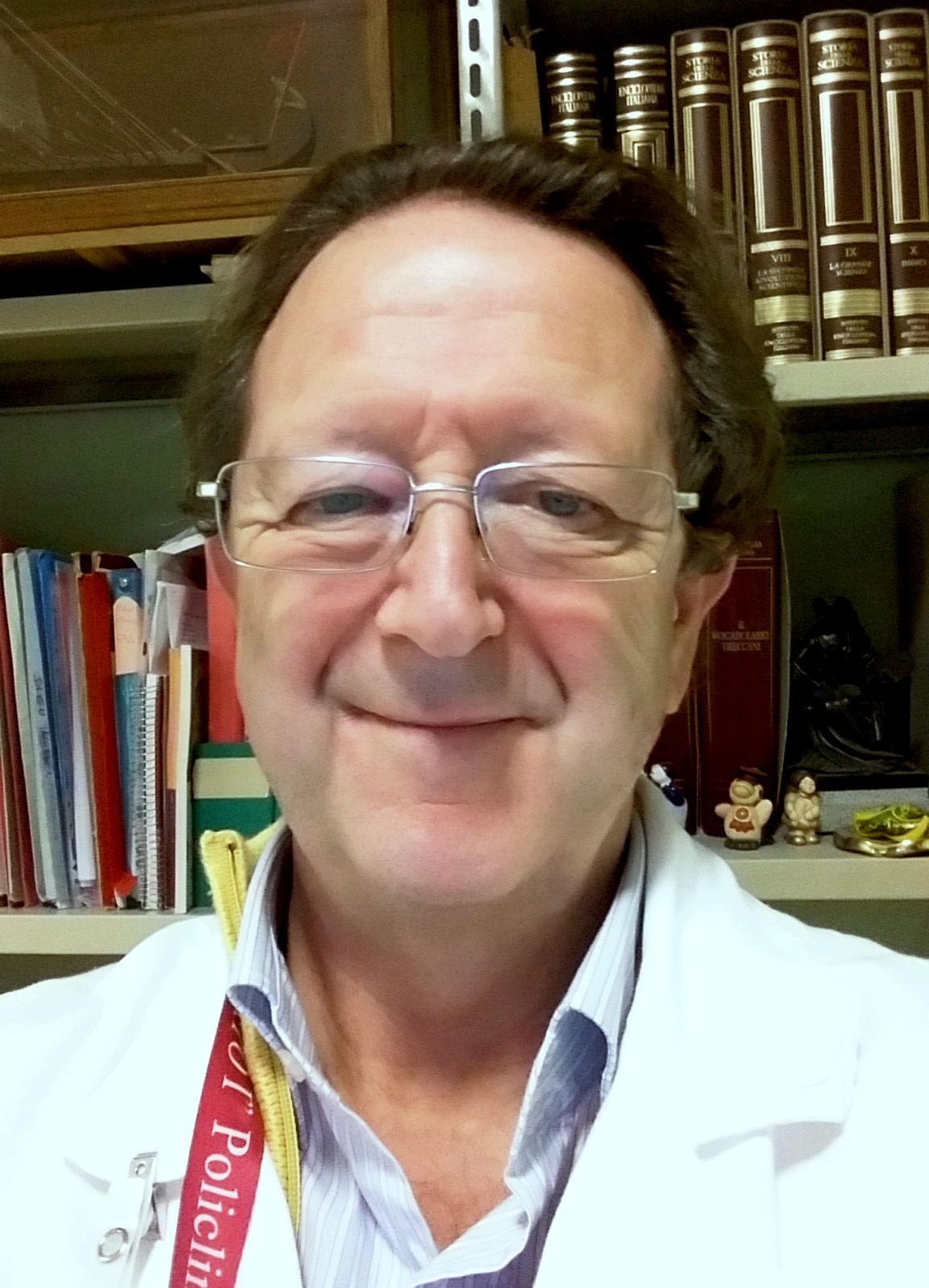Can simulation help develop medical professionalism, i.e. norms of conduct, ethical and deontological values, that characterize being a doctor?
« […] it was exactly 20 years ago. I was on call in the emergency room of the Postel-Couperin University Clinic. It was Sunday and we were in the midst of the classic nighttime frenzy: domestic accidents, eruptive infections, aborted suicides, missed miscarriages, comatose hangovers, heart attacks, seizures, pulmonary embolisms, nephritic colic, children boiling like pots, drivers like meetball, drug dealers made into colanders, homeless people seeking shelter, beaten women and repentant husbands, stoned, catatonic teenagers…. Anyway, the typical Sunday night in the emergency room, and on a full moon to boot.”».
This is the beginning of The Long Night of Dr. Galvan, a delightful, short novel by Daniel Pennac, which tells the story of a young doctor struggling with wanting to be a “good doctor” and the tingling desire to see his name on a business card. He does this in a narrative, which forces the readers to enter into the character and identify himself from his perspective – is he a doctor or not – on the meaning and value of this profession today. Can we still speak of virtue when we think of this profession? What actions do we expect from the doctors? What do we think is the purpose of these actions? And what duties do they own to others and to themselves?
These are some of the questions underlying one of the most interesting and, shall we say, challenging constructs in international literature: the concept of medical professionalism and professional identity.
Medical professionalism is the set of knowledge, languages, norms of conduct, ethical and deontological values that characterize being doctors. It falls within the border domain of medical ethics or professional ethics or the way in which the professionals introject and act on the basis of the professional values to which they have adhered and which determine how they action not only respond to the professional image, to which they have chosen to belong, but also to themself. This is what is called integrity.
Started from 1995 with Project Professionalism, in 2002 National Board of Medical Examiners (the US. authority that manages qualification examination), included it in the certification process at medical qualification. Initially based on a training purely instructive model – ‘I tell you which standards that you need to follow’ – in the last 10 years it has evolved towards an idea of professional identity construction, or process activation that facilitate in the student and specializing the conscious and critical adherence to the principles and actions to which they are called, as part of their professional identity
In this teaching, training methods centered either on behaviorist or cognitivist pedagogies (lectures, PBL, CBL) or more exquisitely constructivist ones are planned. In this case, methods such as: reflective activities, case reports, narratives of patients encountered in the ward will be favored, tools that include in the so-called Medical Humanities, a very powerful tool for professional and human growth.
Underlying medical professionalism is a cardinal purpose of the medical profession: patient safety Una cultura della sicurezza richiede i più alti livelli di professionalità ed esiste una correlazione tra commitment del medico e qualità di assistenza percepita dal paziente. Likewise, a low level of professionalism correlates with an increased rate of burn out, both among doctors and students.
But then what role does simulation play? Simulation offers the best context for directly observing the consequences of behaviors and developing awareness and responsiveness. The intentional introduction of scripts and scenarios, which make explicit behaviors that would be difficult to observe and record in a systematic way, makes it possible to be able to work not only on aspects of patient relations, but on team working.
Moreover, the simulated patient is an additional resource because it provides direct feedback on the experience of the “patient.”
It is a matter of thinking about design complexity, which needs above all the training of teachers, departmental mentors and all those who act in the training process. The construction of this expanded device is the necessary prerequisite so that professionalism training and simulation itself is not just, as has been written of Medical Humanities, “the decorative frosting on top of the cake.”
READ ALSO
































